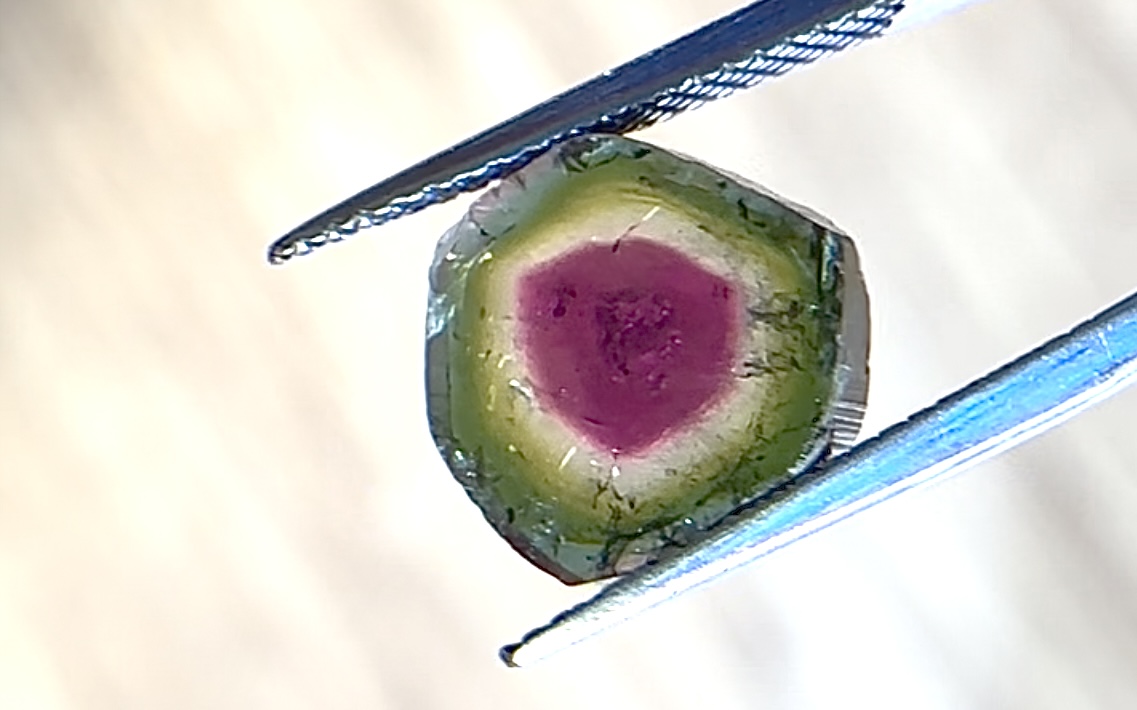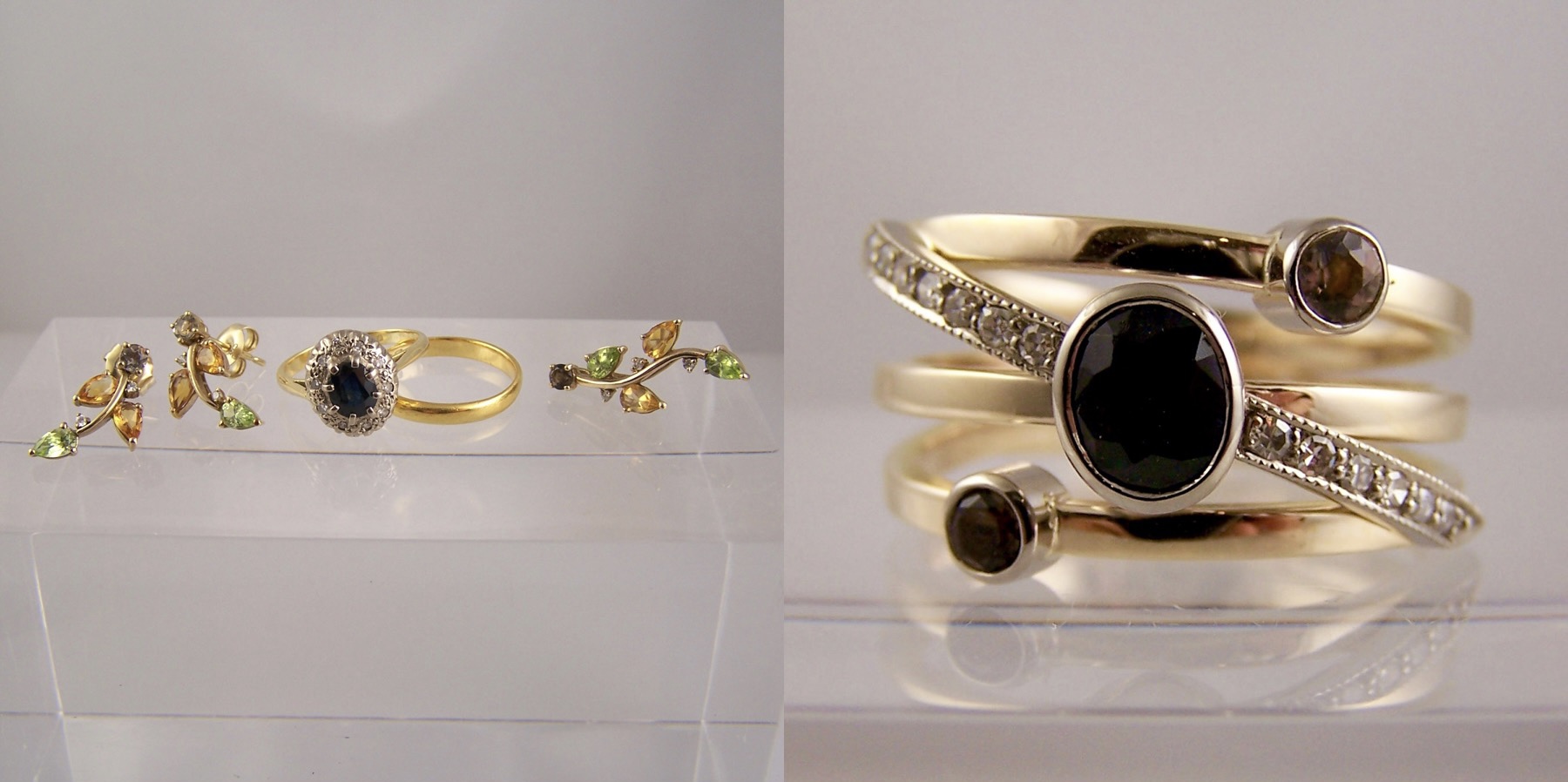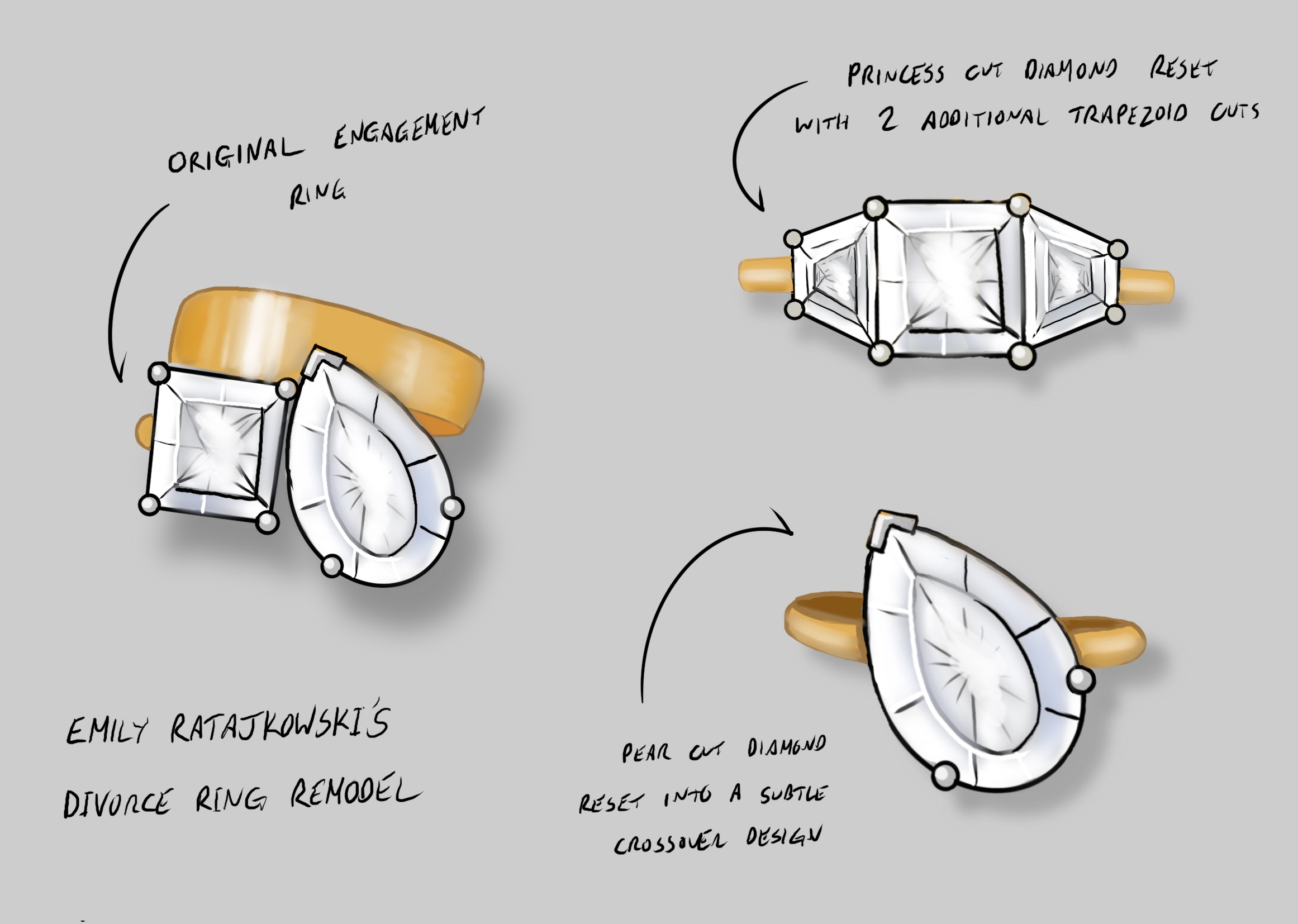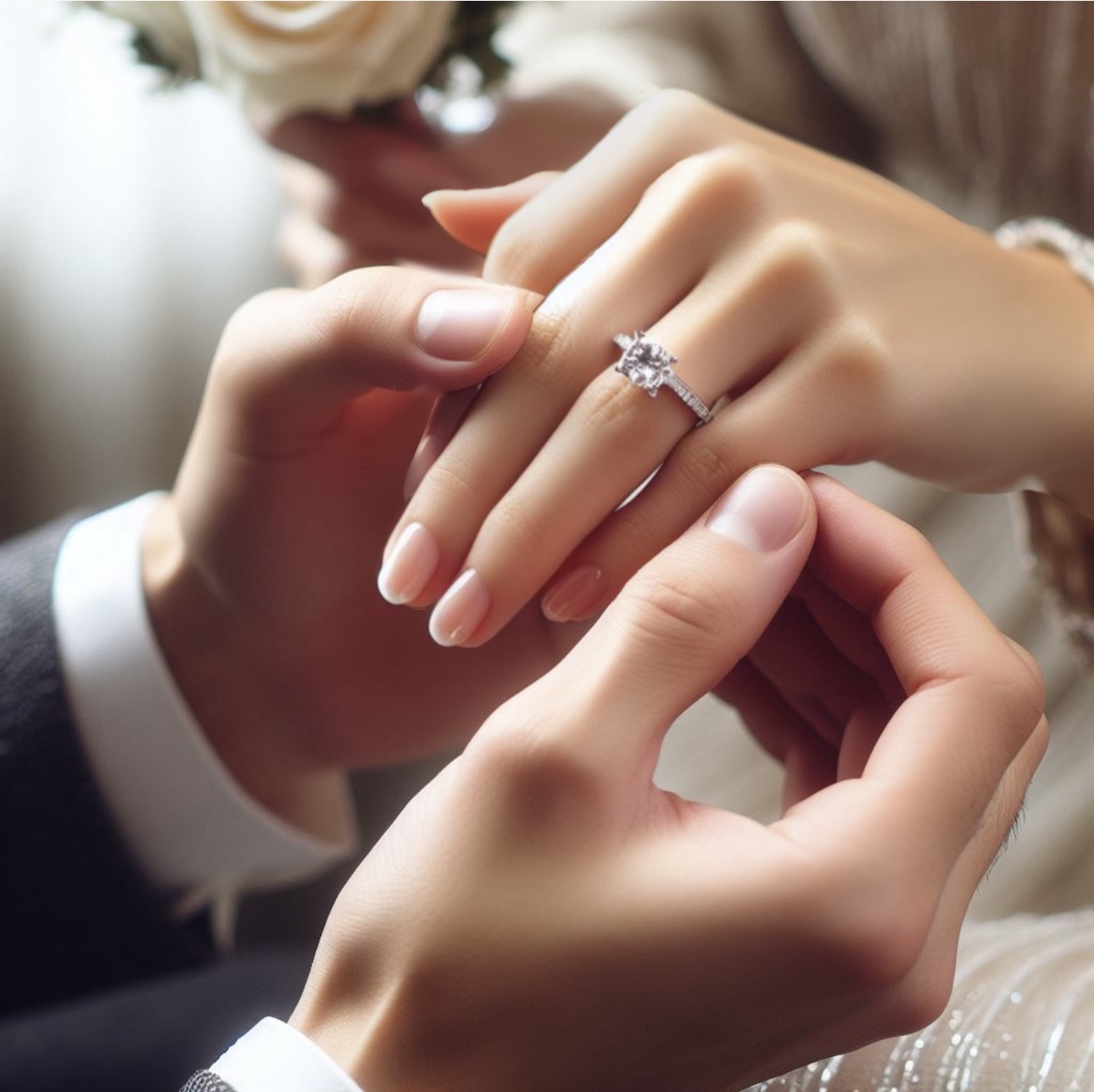
Watermelon Tourmaline
Watermelon Tourmaline Watermelon tourmaline is a captivating gemstone celebrated for its remarkable blend of colours and unique beauty. Belonging to
choose a stone…
choose a setting…
choose a metal…
choose a finish…
…choose ring
21 Meeting House Lane
Brighton East Sussex
BN1 1HB
1273 773 544
21 Meeting House Lane
Brighton
East Sussex
BN1 1HB
Categories:

Moonstone
Being the most well-known member of the feldspar family, moonstone offers a white shimmer similar to the moonshine under specific lighting conditions. This gemstone is highly prized for the optical phenomenon called adularescence that appears like a milky bluish glow originating from under the gemstone’s surface.
Where this gemstone mined
The largest sources of moonstones are deposits from Sri Lanka and India. Other key sources include Brazil, Germany, Australia, Madagascar, Myanmar, Switzerland, Norway, Tanzania, Mexico and the United States. Meetiyagoda, a small village located in southwest Sri Lanka, is famous for being one of the primary deposits of blue moonstones. Here, it’s mined (for more than a 100 years) by hand in a few ancient waterlogged pits.

Photo copyright GIA.edu
A brief history of the gem
Moonstone was heavily prized by the Romans, who considered it to be magically developed out of the moonlight. They used it in their jewellery since 100 AD.
This “floating moon effect” provider was highly popular duringthe “Art Nouveau” era of the early 20th century and continued to be an iconic focal point in jewellery until around 1925. Great designers of this era like Louis Comfort Tiffany and René Lalique featured the gem in custom jewellery.
Adularescent moonstones were once called “adularia”. The name came from Mt. Adular, a city in Switzerland, which was one of the initial sources of this fine-quality gemstone.
This gem was associated with the names of Aphrodite (the goddess of love) and Selene (the goddess of the moon). Perhaps that’s why it was christened as Aphroselene by the ancient Greeks.
It also has a rich history as a “Traveller’s Stone”. Moonstones, when worn as amulets, were said to protect the travellers, especially at night, and particularly when the moon was shining. It was believed by the ancient mariners that the gem would protect them when sailing over water.
The chemical composition
Moonstone belongs to the feldspar group and bears the chemical formulas KAlSi3O8 (orthoclase feldspar) and (Na,Ca)Al1-2Si3-2O8(plagioclase feldspar). It has a hardness of 6-6.5 in Mohs’s scale bearing varied density between 2.56 and 2.7 depending on the chemical composition of different varieties.
Uses in jewellery
Moonstone has enchanted the hearts of jewellery lovers across the globe for centuries. The seemingly bland appearance of the stone has made it spectacular with the presence of movement and light. The soft colour and growing sheen of moonstone are enough to captivate the onlookers, compelling them to stare at this gemstone in amazement. Moonstone jewellery is mostly occasional wear and includes pendants, earrings, necklaces, brooches and pins. You may also find moonstone rings, especially those custom-crafted for weddings and engagements, to be popular picks.

Photo shows Moonstone & Onyx ‘Yin Yang’ ring from RING jewellers
Some interesting facts about the gemstone
Did you know?
• A moonstone weighing 490 carats discovered in Mt. Kilimanjaro in Africa is one of the largest of its kinds ever discovered.
• The exquisite moonstone is made of orthoclase and albite,and is considered as the most valuable existing feldspar member today.
• The rarest forms of moonstones are found in the deposits of Sri Lanka.
• Rainbow moonstone, one of the most well-known and popular trade names, is actually not a genuine moonstone. Instead, it’s a variety of labradorite plagioclase feldspar.

Watermelon Tourmaline Watermelon tourmaline is a captivating gemstone celebrated for its remarkable blend of colours and unique beauty. Belonging to

Transforming Pain into Beauty: The Rise of Divorce Rings In jewellery a Diamond is usually a symbol of love whether

Which finger is the engagement ring worn on? In the UK, as with many other Western countries, an engagement ring
Tel: +44 (0) 1273 773 544
Email: ringdesign@hotmail.co.uk
21 Meeting House Lane
Brighton
East Sussex
BN1 1HB
Open 7 days a week
Mon-Sat: 10:30am – 5pm
Sun: 11am – 4:30pm